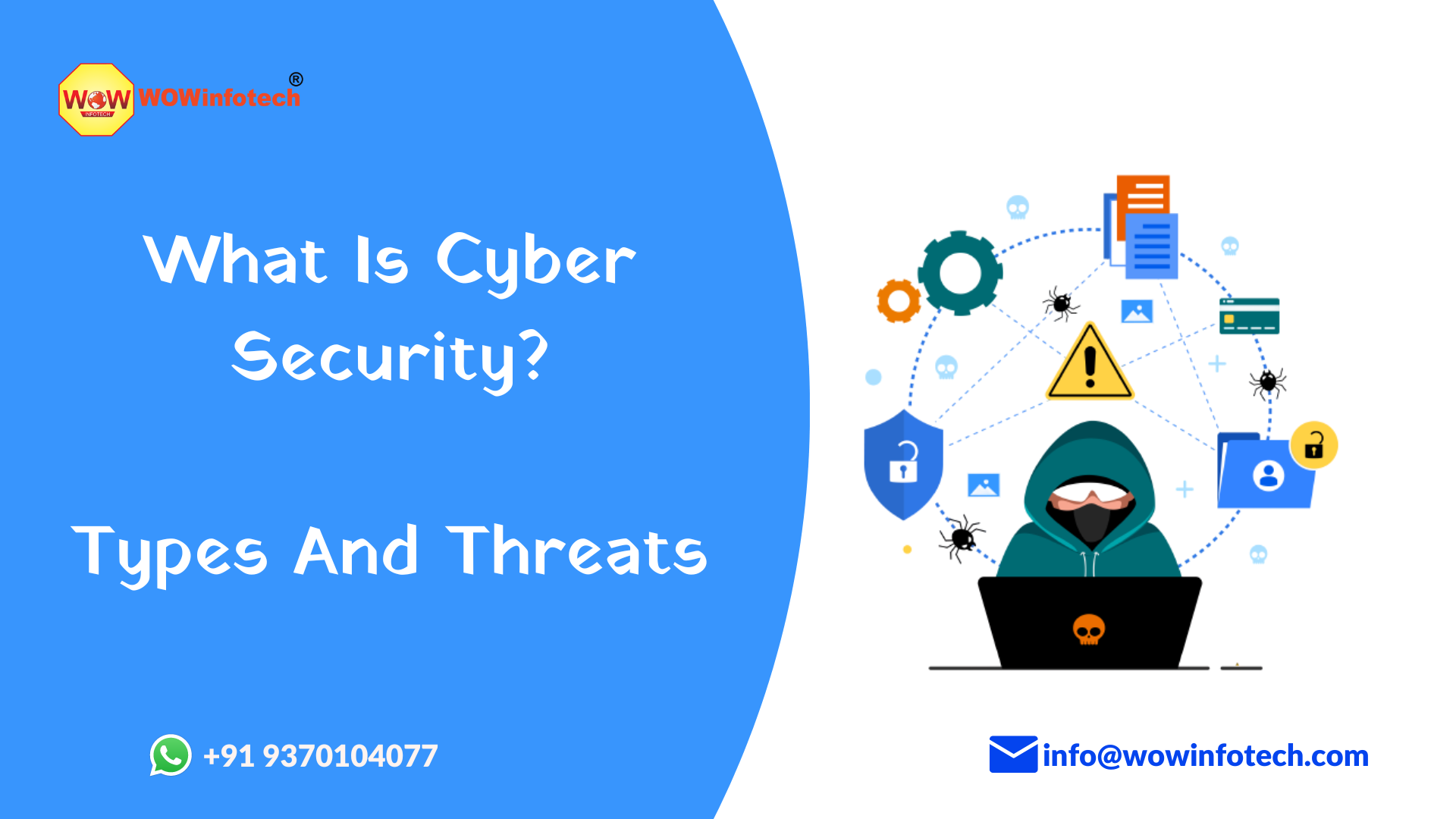What Is Cybersecurity?
Cybersecurity refers to the protection of internet-connected systems, including hardware, software, and data, from cyber threats. Individuals and businesses adopt the method to prevent illegal access to data centers and other digital systems.
A modern security posture against hostile assaults intended to obtain access to, modify, delete, destroy, or extort essential data from an organization's or user's systems can be achieved with a solid cyber security plan. Cybersecurity is also important in avoiding attacks that try to disable or impair the operation of a system or device.
Advantages Of Using Cybersecurity Technology
The necessity of cybersecurity continues to expand as the number of people, devices, and applications in the modern company grows, along with the rising plethora of information, most of which is sensitive or confidential. The problem is compounded by the increasing number and complexity of cyber attackers and attack strategies.
The following are some of the advantages of developing and sustaining cybersecurity practices
- Protection against cyber-attacks.
- Unauthorized user access is restricted.
- Faster recovery time.
- End-user and endpoint device protection.
- Regulatory attentiveness.
- Continuity of operations.
- Types Of Cyber Security Solutions
- Data and network security are both protected.
The most commonly implemented cybersecurity solutions are as follow
- Application Security
Application security involves software and hardware to defend and secure an application from threats that may arise during its development. Firewalls, antivirus programs, encryption, and other forms of application security are some examples. As applications become more accessible across networks, it's necessary to put in place security standards, procedures, systems, and tools as promptly as possible to protect your apps at all development stages.
2. Network Security
The term "network security" refers to a wide range of technology, devices, and processes. It comprises the implementation of a set of rules and policies for the protection of network and data security, authenticity, and accessibility. Network security aims to secure internal networks from intruders by safeguarding the infrastructure.
Network security is demonstrated through the use of new, strong passwords and two-factor authentication (2FA). While cyber security is concerned with external threats, network security protects your internal networks against unauthorized access due to the wrong intent. Internal network security maintains the safety of internal networks by securing the infrastructure and restricting access to it.
3. Information Security
Unauthorized access, interruption, disclosure, misuse, alteration, inspection, destruction, recording, or any other type of malintent involving sensitive data or information. It is usually based on three goals: confidentiality, integrity, and availability, and it seeks to safeguard physical and digital data in any form.
4. Cloud Security
Over the last few years, cloud-based data storage has been a common choice. It protects data and saves it in the cloud, making it accessible from any device, but it requires proper authentication. One of the key reasons for the cloud's rise is improved cyber security.
It is a software-based security technology for safeguarding and monitoring data in your cloud resources. Cloud service providers are continually developing and deploying new security features to assist enterprise users in better protecting their data.
Types Of Cyber Threats
Here are a few examples of major cybersecurity threats
- Malware Attacks
Malware is software that has been designed with the intention of causing harm. Malware, which is also known as a virus, can affect you simply by opening the wrong attachment or clicking on the wrong link.
- Ransomware Attacks
Ransomware is a sort of malicious software. The distinction is that ransomware infects a network or steals confidential data before demanding a ransom in exchange for access to your systems.
- Third-Party Exposure
Cybercriminals can overcome security measures by breaking into less secure networks belonging to third parties who have escalated privileges to the hacker's principal target. Ensure they always follow appropriate security procedures and adhere to your internal standards if you outsource any work to another company and provide them access to your data.
- Attacks By Phishers
Phishing is precisely what it sounds like. Hackers cast a line in the anticipation that you will bite, and if you do, they will steal sensitive information such as passwords, credit card numbers, and other personal information. Phishing attempts typically take the form of emails that appear to be real and invite you to respond.
- Man In The Middle Attack
When cyber attackers insert themselves in the middle of a two-way conversation, it is known as a Man in the Middle (MitM) attack. Once the attacker has read the message, they may filter and take sensitive information, as well as provide the user with various responses.
- Poor Online Behavior
An increased vulnerability to cyberattacks as well as reduced effectiveness and efficiency are consequences of poor cyber hygiene, which poses a concern. Additionally, it might inhibit your organization's capacity to recognize and respond to a cyber assault and contribute to the spread of malware and other harmful software.
- Social Engineering
As it relies more on human error than technical flaws, social engineering is still one of the most dangerous hacking strategies used by cybercriminals. Since it's much simpler to deceive a person than it is to hack a security system, this makes these attacks even riskier
#CyberSecurity #CyberAttacks #CyberSecurity Types #CyberProtection #InternetSecurity
#CyberCrime. #Malware #OnlineThreats #CyberThreats
-

Krishna Handge
WOWinfotech
Mar 08,2023
